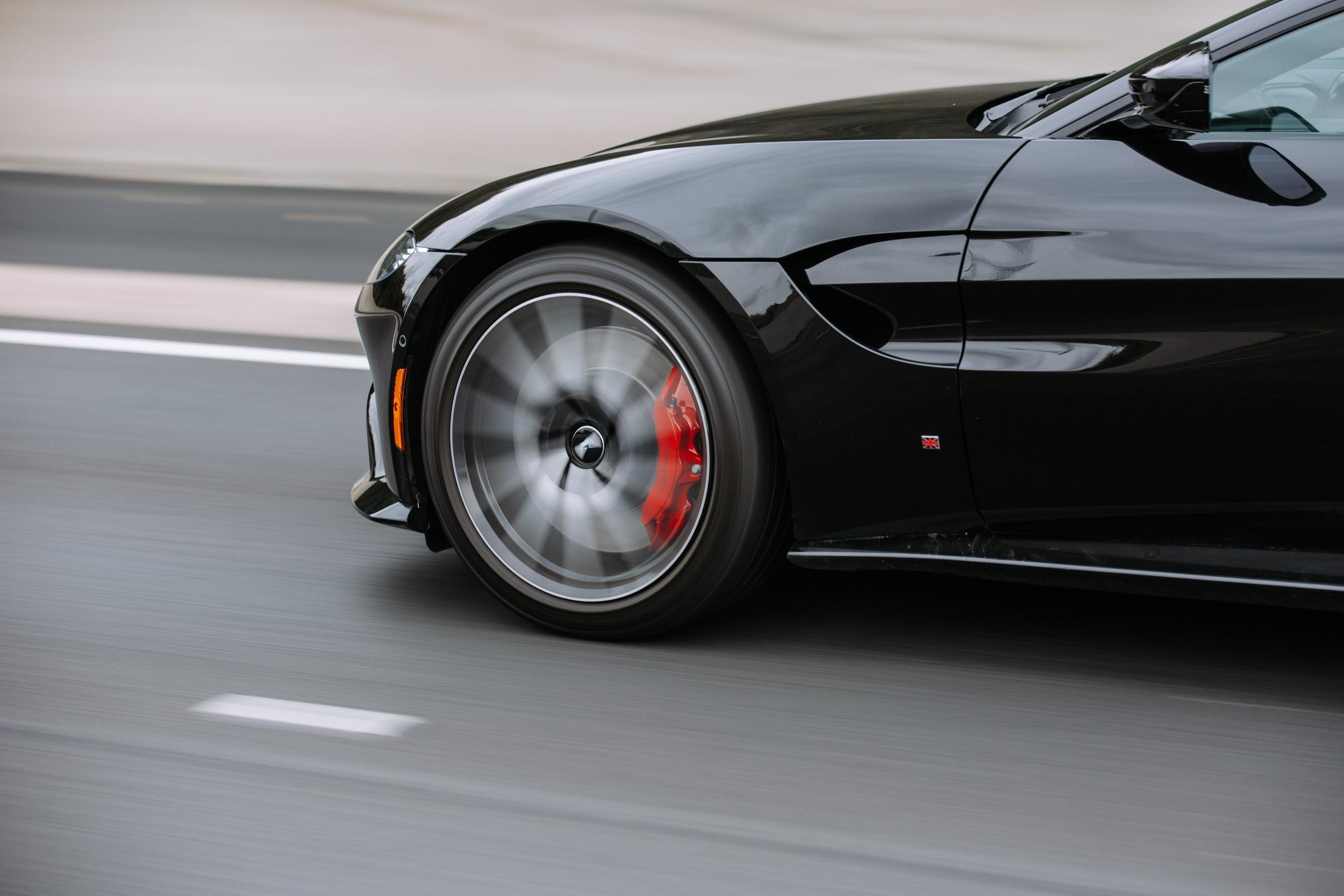



















Immeuble ATRIUM
6 Avenue du Marais
CS 20253
95105 Argenteuil Cedex
France
Tel: +33 139962240
Mail:
info.fr@steantycip.com
The Hub Twyford Mill Estate
Adderbury Oxfordshire
OX17 3SX
UK
Tel: +44 (0)1869 343033
Mail: info.uk@steantycip.com
Carl-Zeiss-Ring 15a,
85737 Ismaning,
Germany
Tel: +49 (0)89 262 022 950
Mail: info.deu@steantycip.com
You can see how this popup was set up in our step-by-step guide: https://wppopupmaker.com/guides/auto-opening-announcement-popups/
You can see how this popup was set up in our step-by-step guide: https://wppopupmaker.com/guides/auto-opening-announcement-popups/
Your collection
Click below to connect with our team. We'll provide a personalised quote and guide you through the next steps with your selection.
